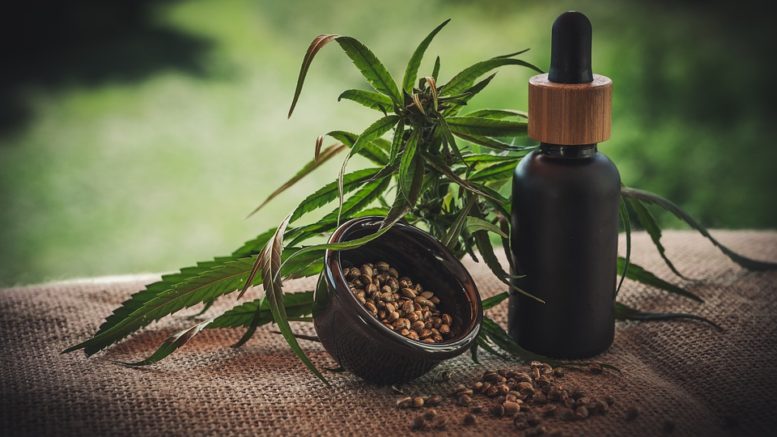Since the US and Canada are close neighbors, there are a lot of assumptions that they share similar rules when it comes to medical marijuana. But as it turns out, this couldn’t be further from the truth. Maybe there are some similarities in the products used by medical patients, but the similarities stop there.
To give you an idea of just how different these two counties’ medical marijuana systems are, Canada’s has a federally-regulated program called the ACMPR. The States, on the other hand, handles medical marijuana on a state-by-state basis. This is just one of the many major differences between these North American neighbors.
Federal vs State Regulations
While Americans rely on separate state programs for their access to medical and recreational cannabis, everything in Canada is regulated by the federal government. The fact that medical marijuana is ruled differently by each state government makes things overly confusing for medical marijuana patients living in the States.
There’s some speculation that the US federal government will pass legislation for the approval of medical and recreational cannabis, but nobody is sure exactly when this will happen. It’s bound to take place since more and more states are hopping on board and approving medical weed. So far 33 states have legalized medical marijuana plus District of Columbia, and soon it will likely be all 50 states.
Differences in Medical Marijuana Research
Aside from the difference in federal vs state regulations between Canada and the US, the other major difference has to do with research practices. In Canada, all clinical trials for medical weed are conducted by the licensed producers themselves – Health Canada has basically given LPs complete jurisdiction over research practices.
In the States, it’s completely different. Cannabis producers aren’t able to take research into their own hands, and there are a lot of government barriers in place set by federal agencies like the FDA, DEA, and NIDA that researchers have to get through.
Medical Programs Have Changed Over Time in Canada
One thing that sets Canada way ahead of the US in terms of medical marijuana is the fact that the federal program has gone through ups, downs, and drastic changes over time. The first medical program was set by the federal government in 2001, and since that time, the rules and regulations have been altered.
It started with the MMAR in 2001, which allowed medical patients with a license to grow a certain amount of medical plants from home or access it from registered LPs. Years later it changed to the MMPR and banned growing medical plants from home because the Canadian government felt that license holders were abusing the program and growing for nonmedical reasons.
In 2016, the program was altered yet again to allow license holders to grow from home since there was a lot of criticism regarding the MMPR. Now the ACMPR is in place – visit www.cannabisgrowingcanda.com for more info on this. The point is that the Canadian government had to go through a lot of trial and error to get the federal medical program just right, and there will most likely continue to be changes made.
Differences in Product Availability
When Canada legalized medical marijuana way back when in 2001, the government only allowed for dried cannabis flowers. Although this has changed since recreational legalization happened in 2018, the US started off by allowing for more products than just dried bud.
What’s true for both countries is that medical researchers are finding the benefits of concentrated cannabis products, especially for patients who require stronger doses for treatment. Patients who suffer from more debilitating or life-threatening symptoms can benefit hugely from potent concentrates like oils, tinctures, and edibles.
Shipping and Shopping for Marijuana
Lastly, Canadians are able to have weed legally shipped to their homes, and in some cases, it’s actually required. Shopping in legal dispensaries is of course now allowed after the passing of the Cannabis Act, but the trend is still to have cannabis products shipped to the home address.
A report from Leafly says that this isn’t the case for American marijuana users: “In the United States, it is prohibited to ship or transport any federally restricted substance through the US mail system or across state lines. To do so is to risk a federal felony charge from the U.S. government. Patients may not order cannabis online or have it legally shipped to them.”
Although cannabis rules and regulations are constantly changing in both of these countries, you can expect there to be many more similarities over time.
